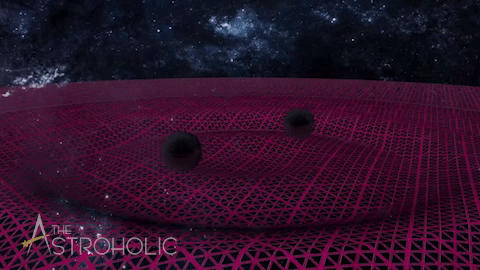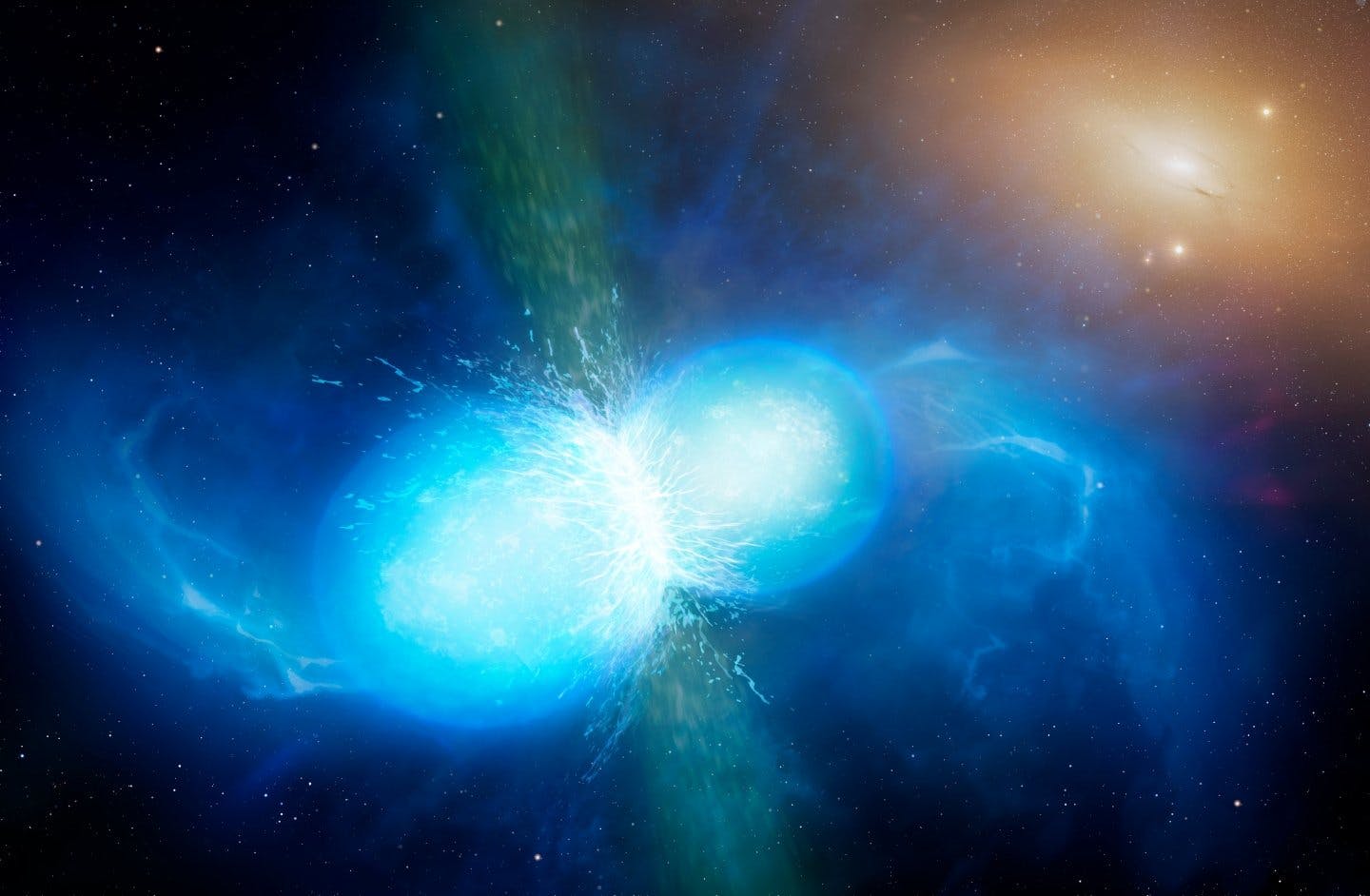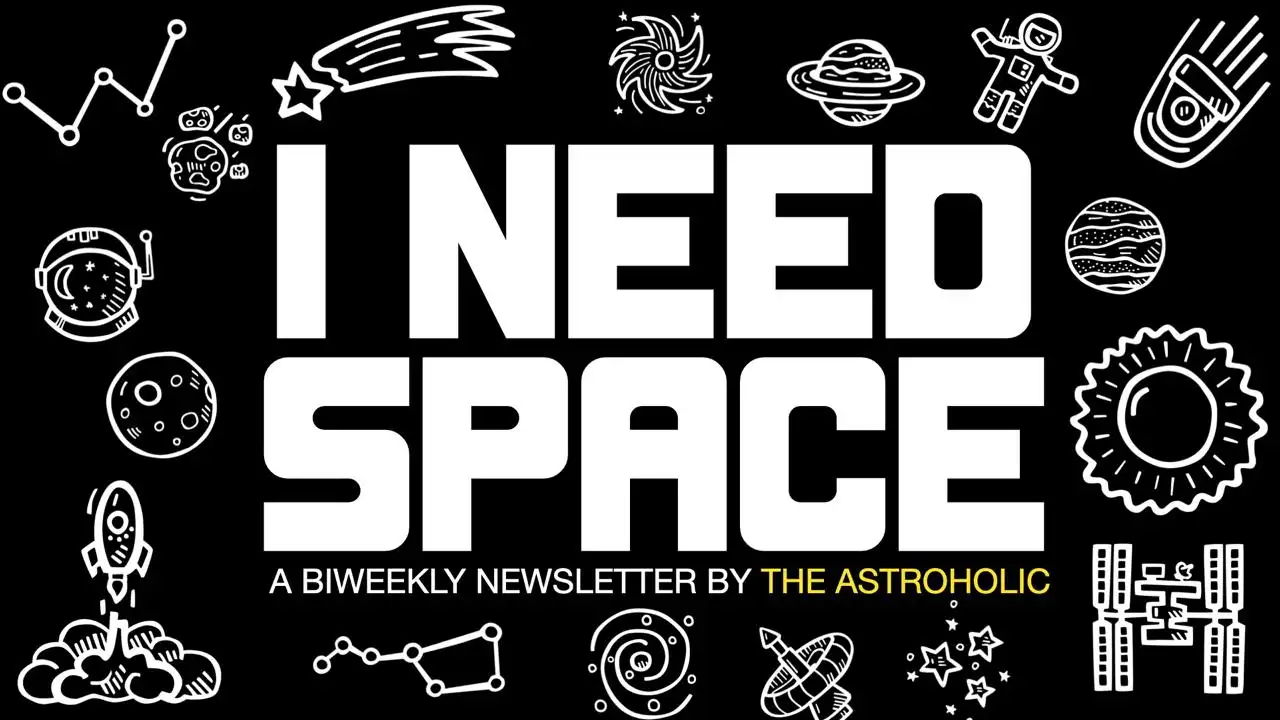Last October, scientists witnessed the first neutron star collision thanks to gravitational wave observations and the subsequent use of regular telescopes. Those observations were the first step towards a new method of astronomy, and a new piece of research shows that the discovery has also been used to help understand particle physics.
Theoretical physicists from CERN have used the observation of the cosmic collision to work out the properties of quark matter. Quark matter is an extreme state of matter where protons and neutrons don’t exist anymore. The quarks inside them are no longer in their usual triplet configuration but they are interacting together in a completely different way. This state of matter is only possible at incredibly high pressures and densities, such as inside the core of neutron stars.
In regular thermodynamics, physicists use an equation of state to relate the different properties to each other. For example in a fluid, pressure, temperature, and volume are related. A deodorant can will feel cooler after use because the volume inside is the same but the pressure is less.
Quark matter is also described by an equation of state. The only problem is that there’s a lot of possible equations, and researchers don’t know which one is the most fitting.
But now thanks to last year’s observations they were able to reduce the family of possible equations significantly. It put some interesting limits on the properties of quark matter and gives us a better idea of what happens to atomic nuclei at the highest pressures and densities (before they become quark soup).
This research also shows just how far-reaching, gravitational wave research can be. I know I bang on and on about its importance (read more here), but the potential for it to change the world is truly there.
Reference: Eemeli Annala et al. Gravitational-Wave Constraints on the Neutron-Star-Matter Equation of State, Physical Review Letters (2018). DOI: 10.1103/PhysRevLett.120.172703


